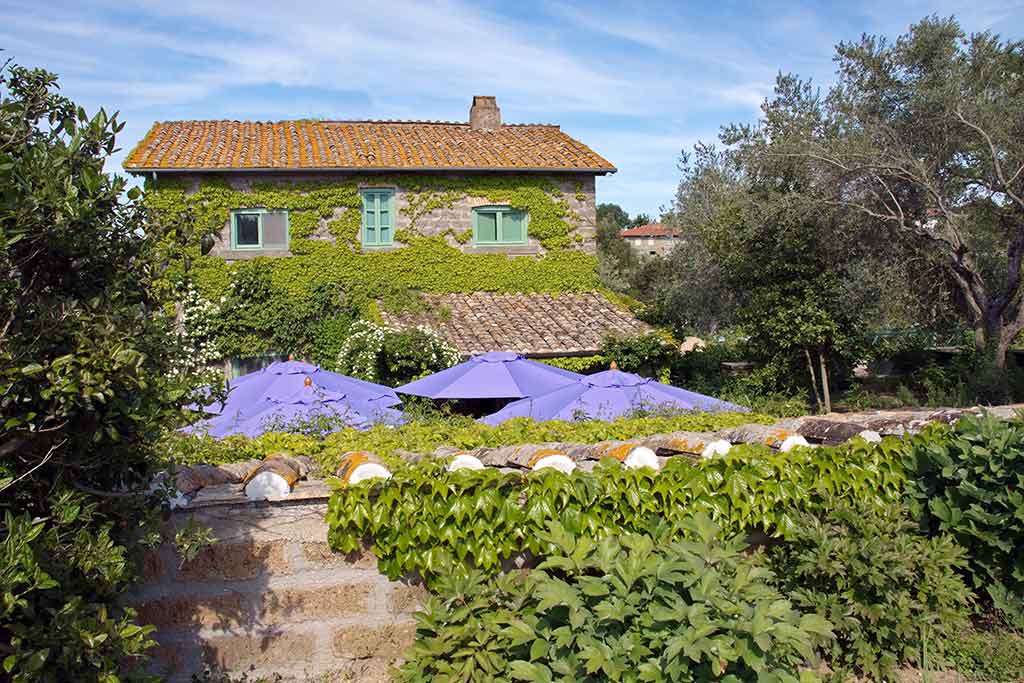Welcome to Lazio in
Italy, one of the most popular vacation destination in the world. If you’are
planning to visit Italy for your next trip and you are looking for the best
places to visit, here you’ll find tips and suggestions of most popular point of
interest and activities not to be missed. Find out what to see in the main cities of art such as Rome the Eternal City,
Viterbo the city of the Popes, Ostia Antica and its ruins, what to do on a day
trip to the sea or in the mountains, which are the most unusual villages in Lazio
to visit. Whether you travel by motorbike or camper, or
you decide to visit Lazio in summer or winter, on a rainy or sunny day, whether
you have two or three days available, Visititaly always offers you the right
tips for planning a trip. Travelers will
appreciate this italian region with his rich historical and artistic heritage,
local culture and environment. Discover the monuments, buildings, natural treasures
and all the details that characterize Lazio and its territory. Share and suggest a place you've visited.

The Castelli Romani are located a short distance from Rome. This area extends around the two volcanic lakes of Albano and Nemi, which is not only appreciated for its natural beauty, but also for its rich historical and cultural heritage.
Lazio's coastline is interesting and varied, composed of long beaches and beautiful reefs. Ostia is Rome's most popular beach and is always crowded. We recommend you take the coastal road that goes from Ostia to Anzio, passing by sand dunes and fishing huts. The most fascinating area of coastline is located to the south, the location of Circeo National Park, which is covered by the greenery of oak forests, coastal lakes and sand dunes. The park faces the marvelous archipelago of the Pontine Islands, including the famous holiday resorts of Ponza and Ventotene. Other interesting locations are Terracina, Sperlonga and Gaeta, picturesque sea-facing villages which have become attractive sea resorts.
The territory to the north of Rome is covered by woodland and includes three splendid volcanic lakes. Lake Bolsena and Lake Bracciano are bathing destinations with numerous water sports. Near Bolsena, the beautiful area of Civita di Bagnoreggio, known as “the dieing city”, is worth a visit. Lake Vico is located within a nature reserve: it is much appreciated for canoeing, hiking, cycling and horse riding tours.
The National Park of Gran Sasso and Laga Mountains are located near Rieti. This area offers walks in the wilderness and beautiful, primeval nature, with views of rare beauty and vast panorama. This park includes the highest summit of the Apennine Mountains (2915 meters).
Thermal baths: the ancient Roman’s were very aware of the concept of well-being. Lazio's volcanic origin led to the formation of a wealth of thermal baths, with the most famous in Viterbo and Fiuggi, one of the most important centers in Italy.
written by Cedric Mills - Last update: 02/09/2022